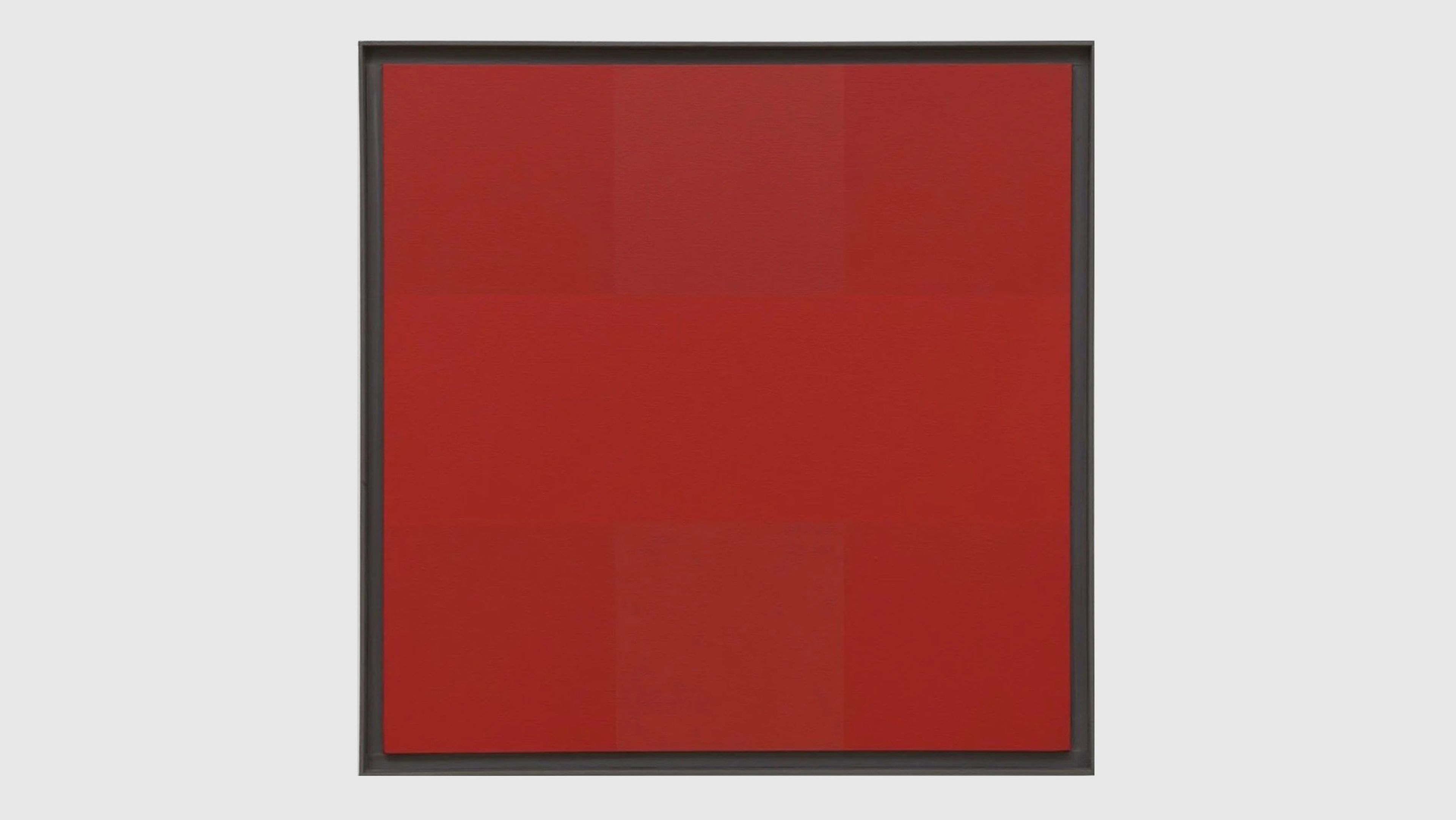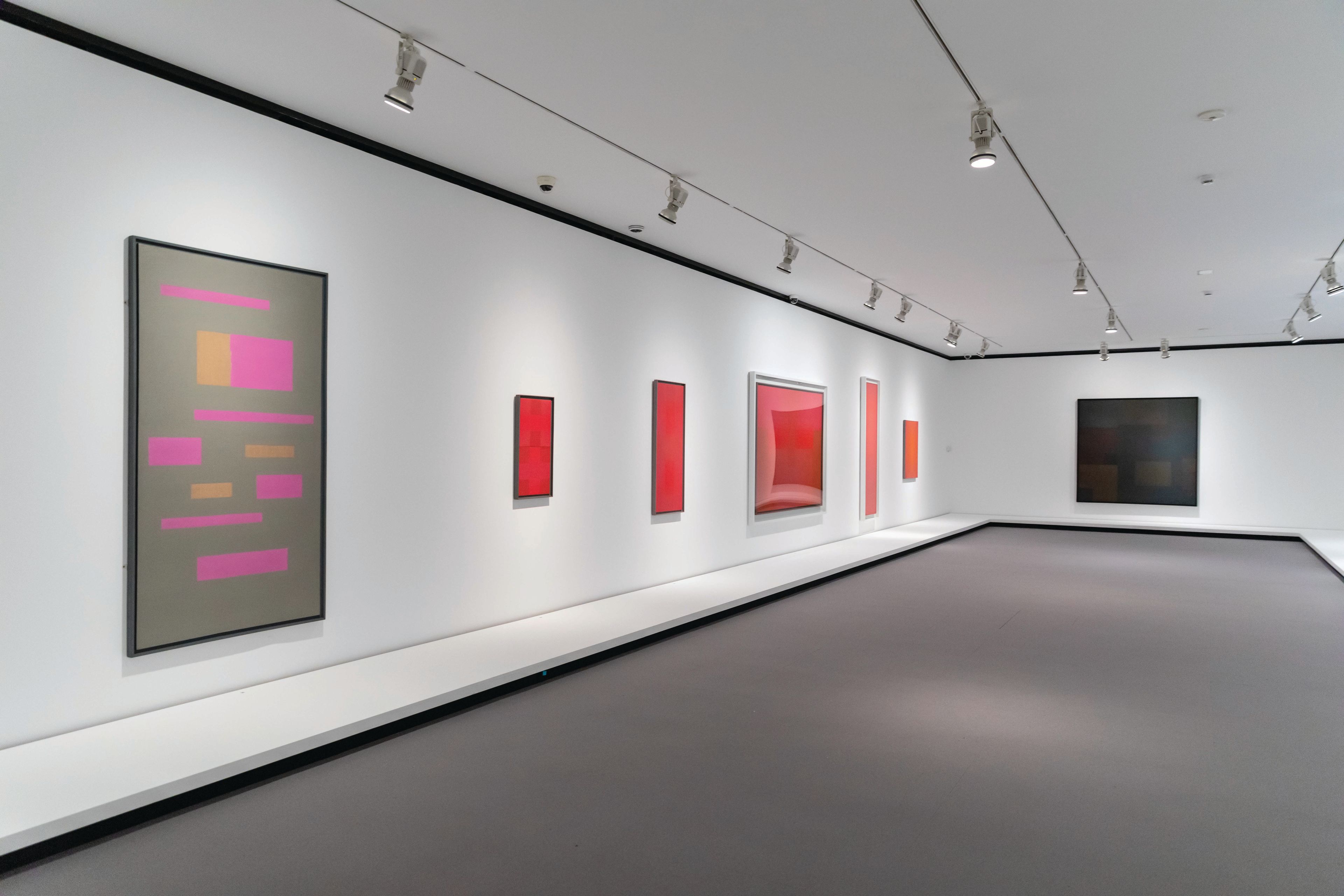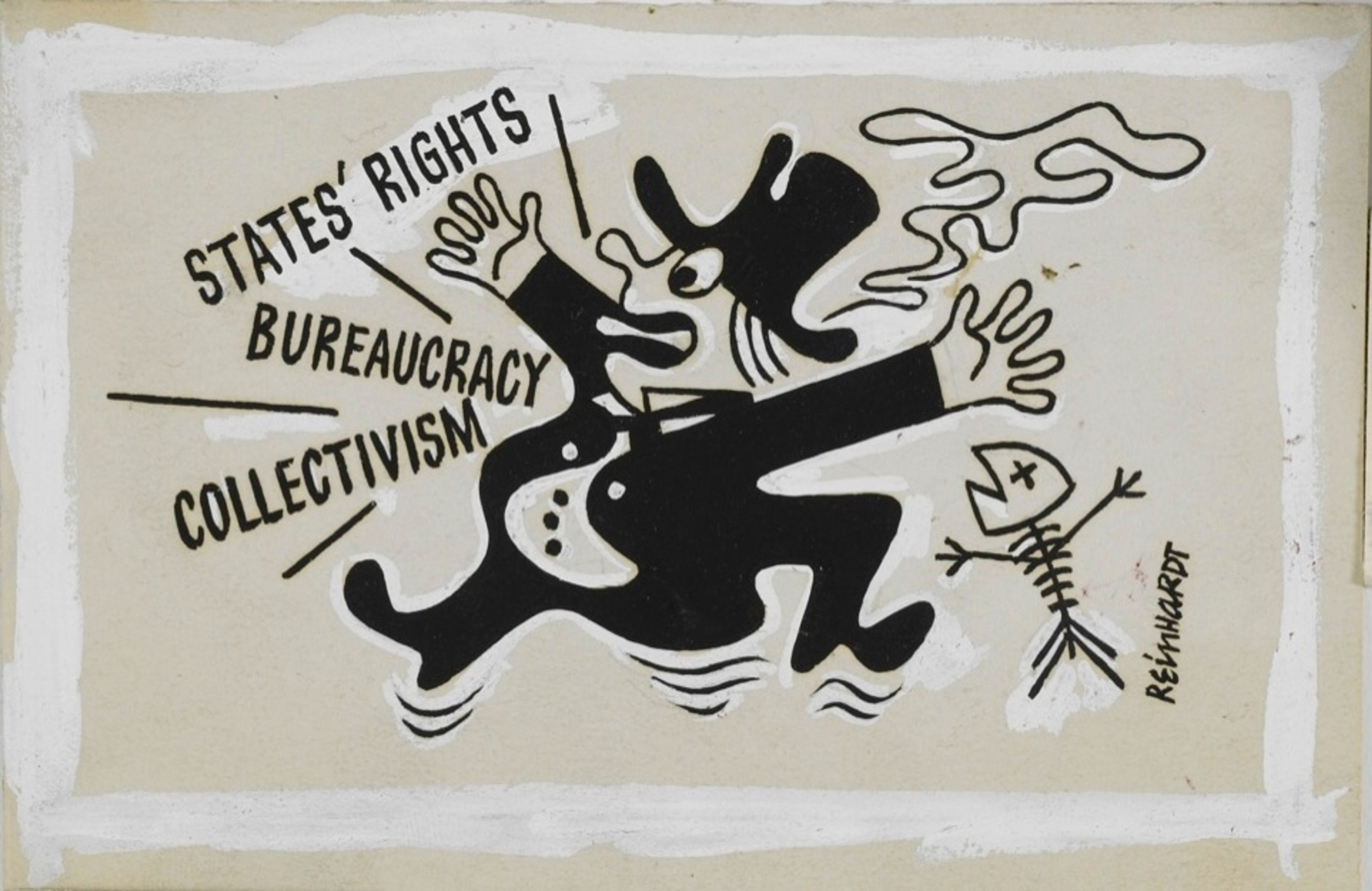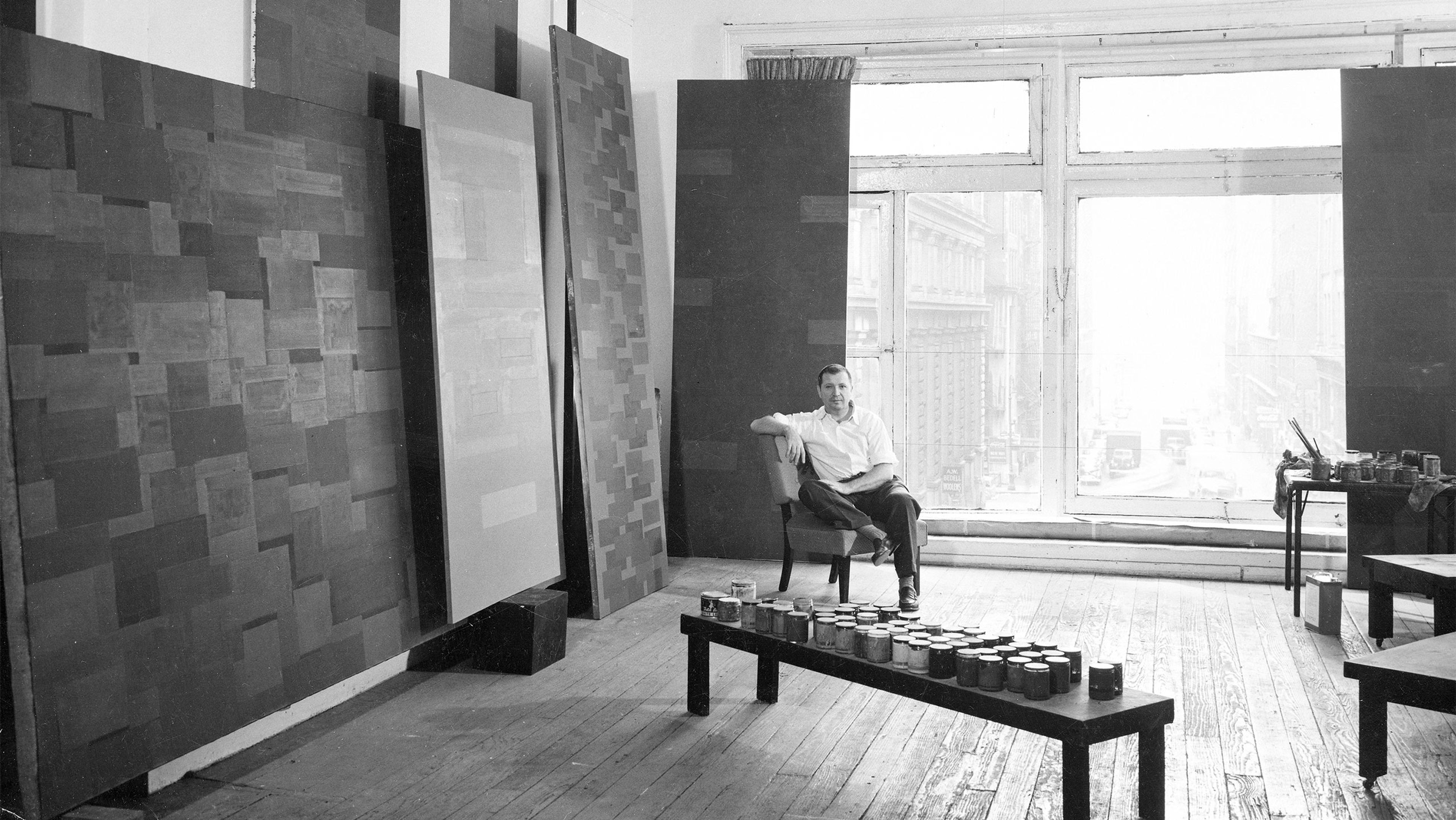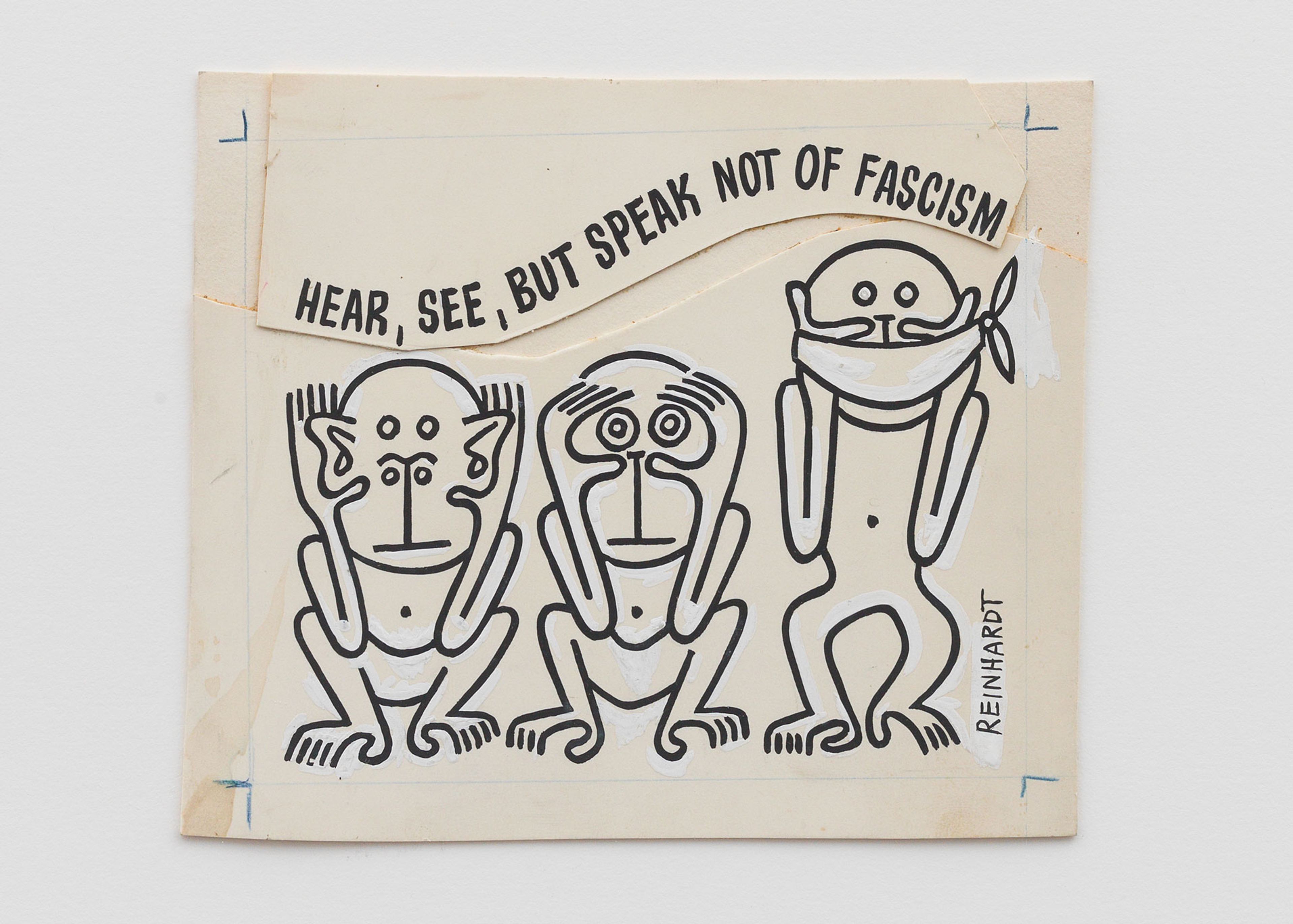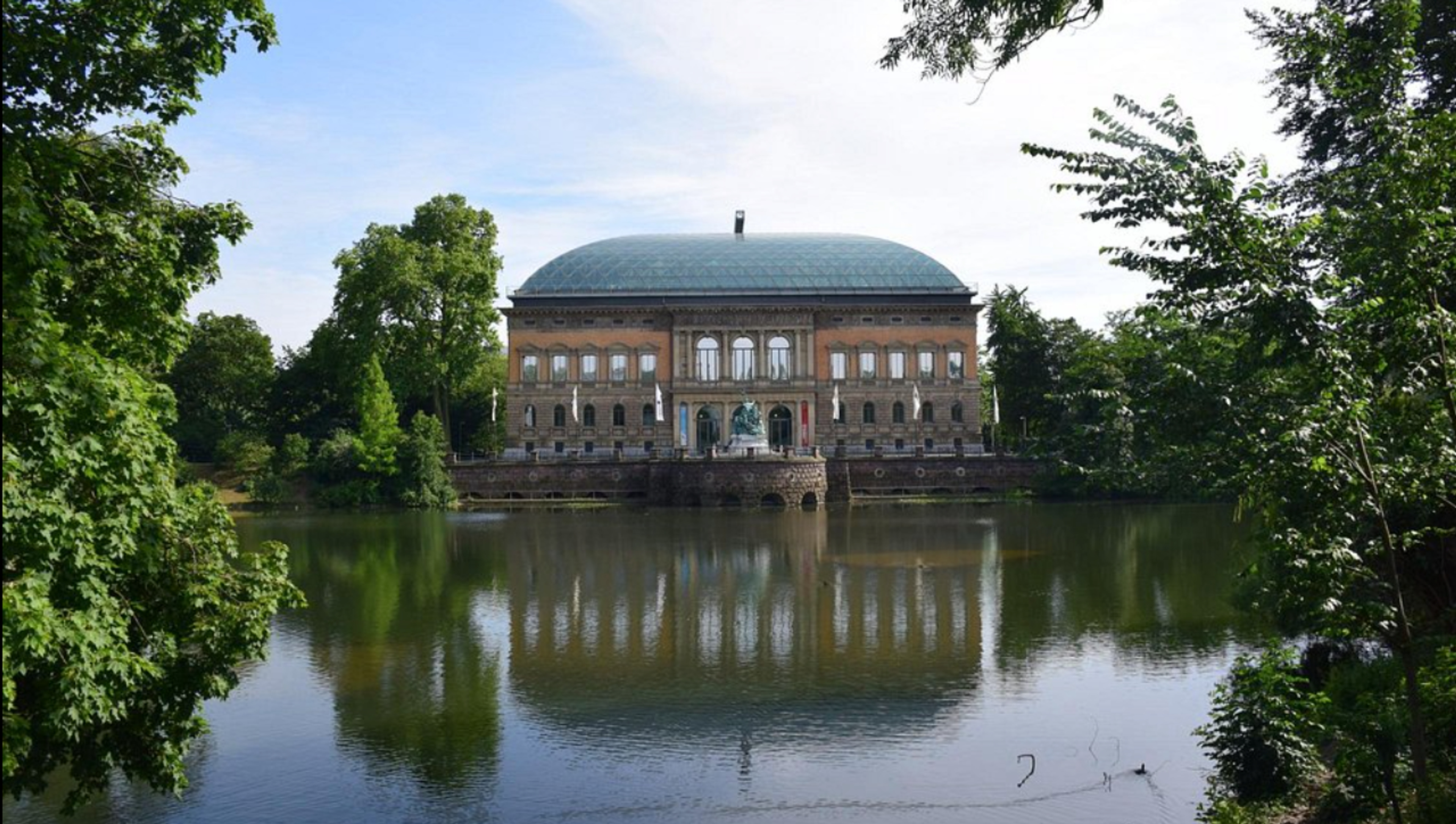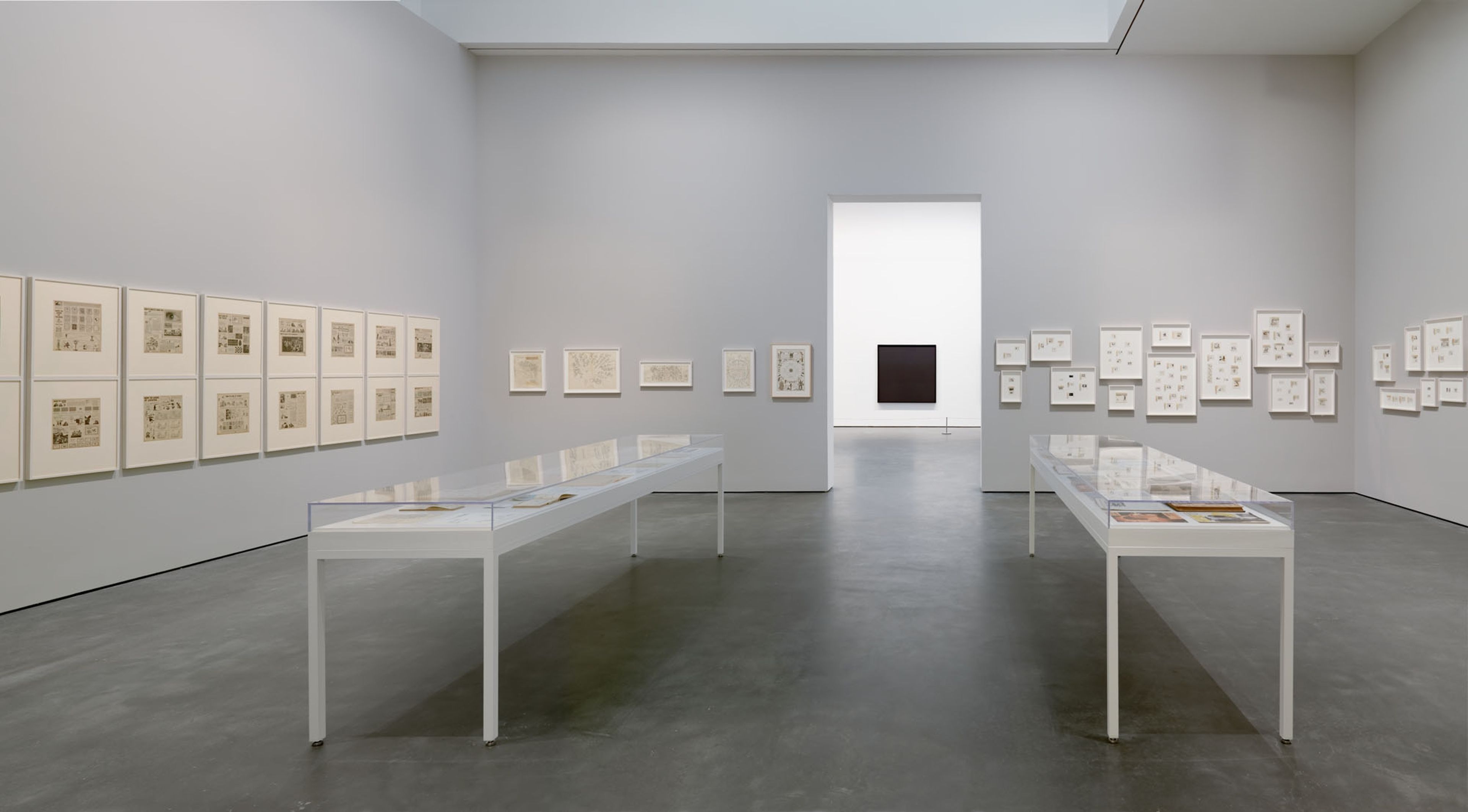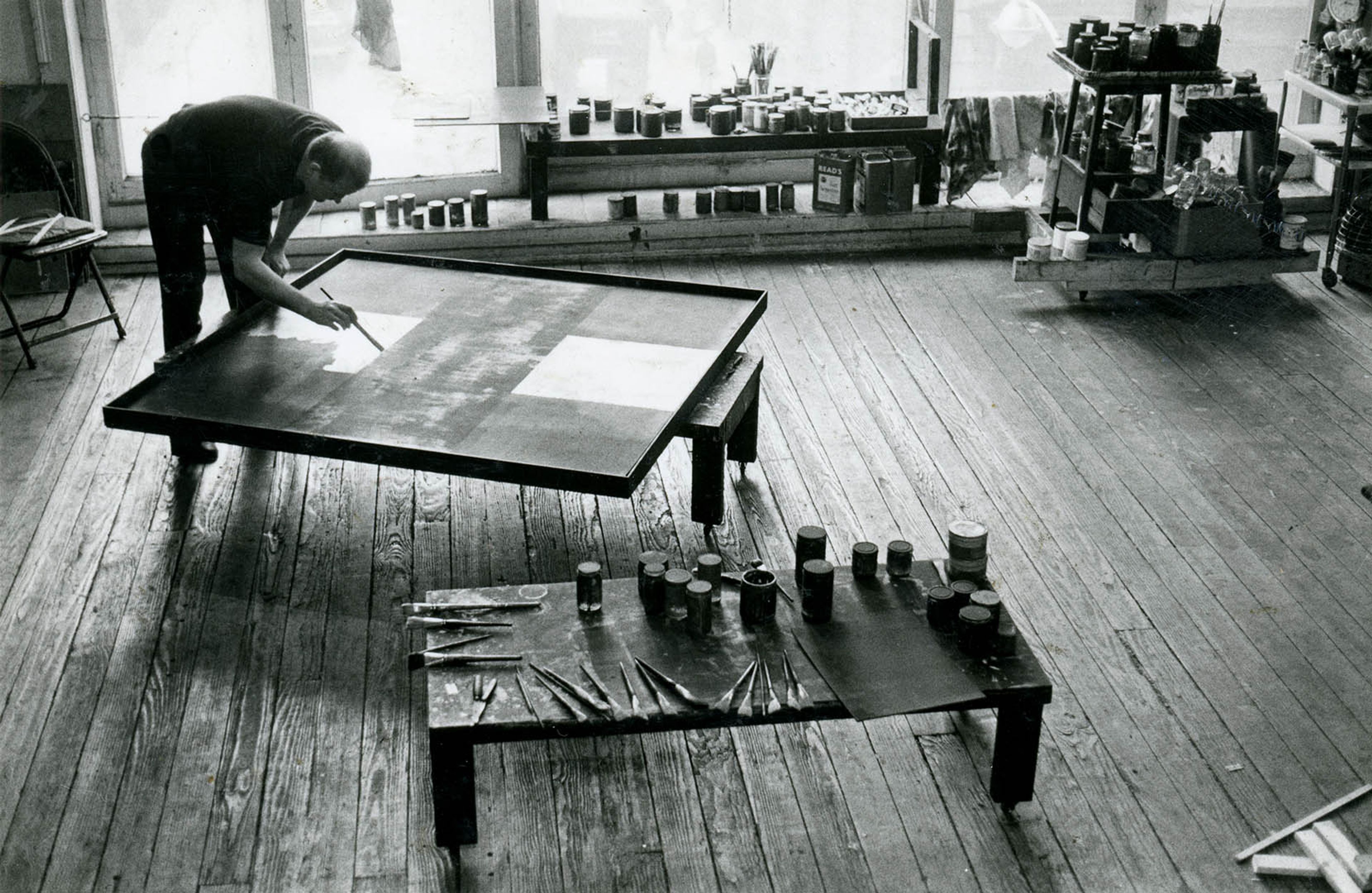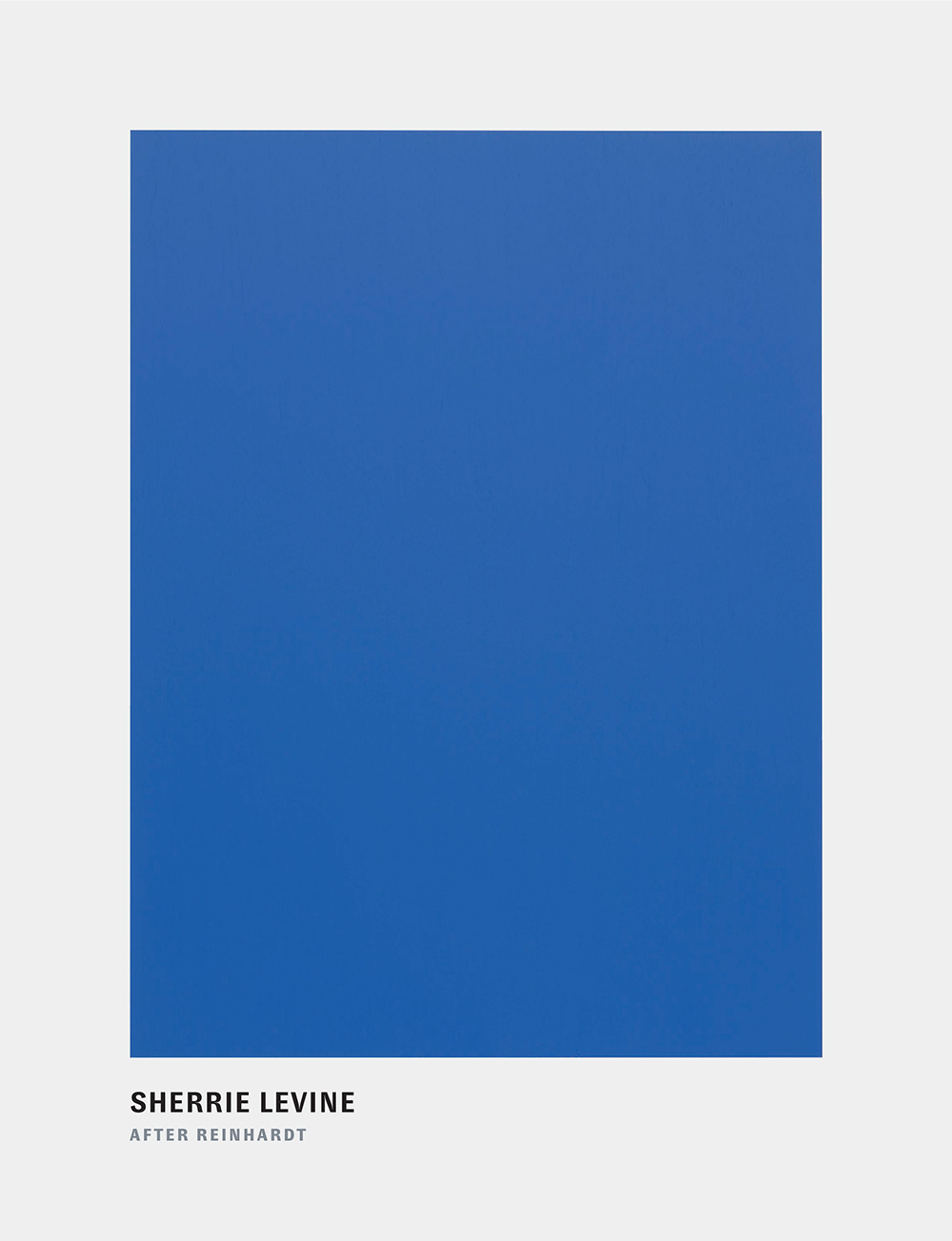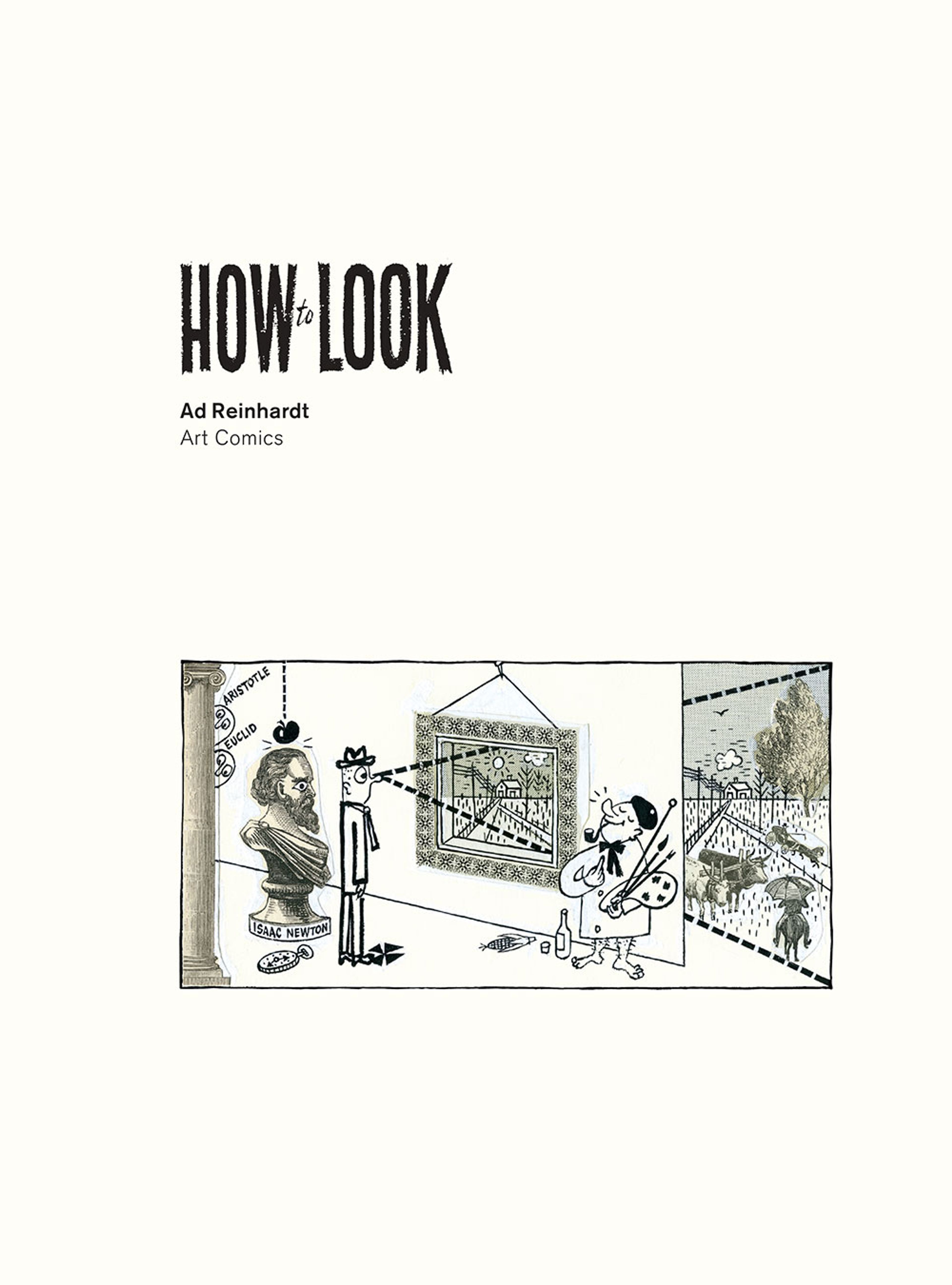Ad Reinhardt
Ad Reinhardt (1913–1967) is among the most significant American artists of the twentieth century. His paintings encourage the viewer’s active engagement in the act of looking at and experiencing “art as art.” As he declared, “Art is art. Everything else is everything else."
Learn MoreExhibitions
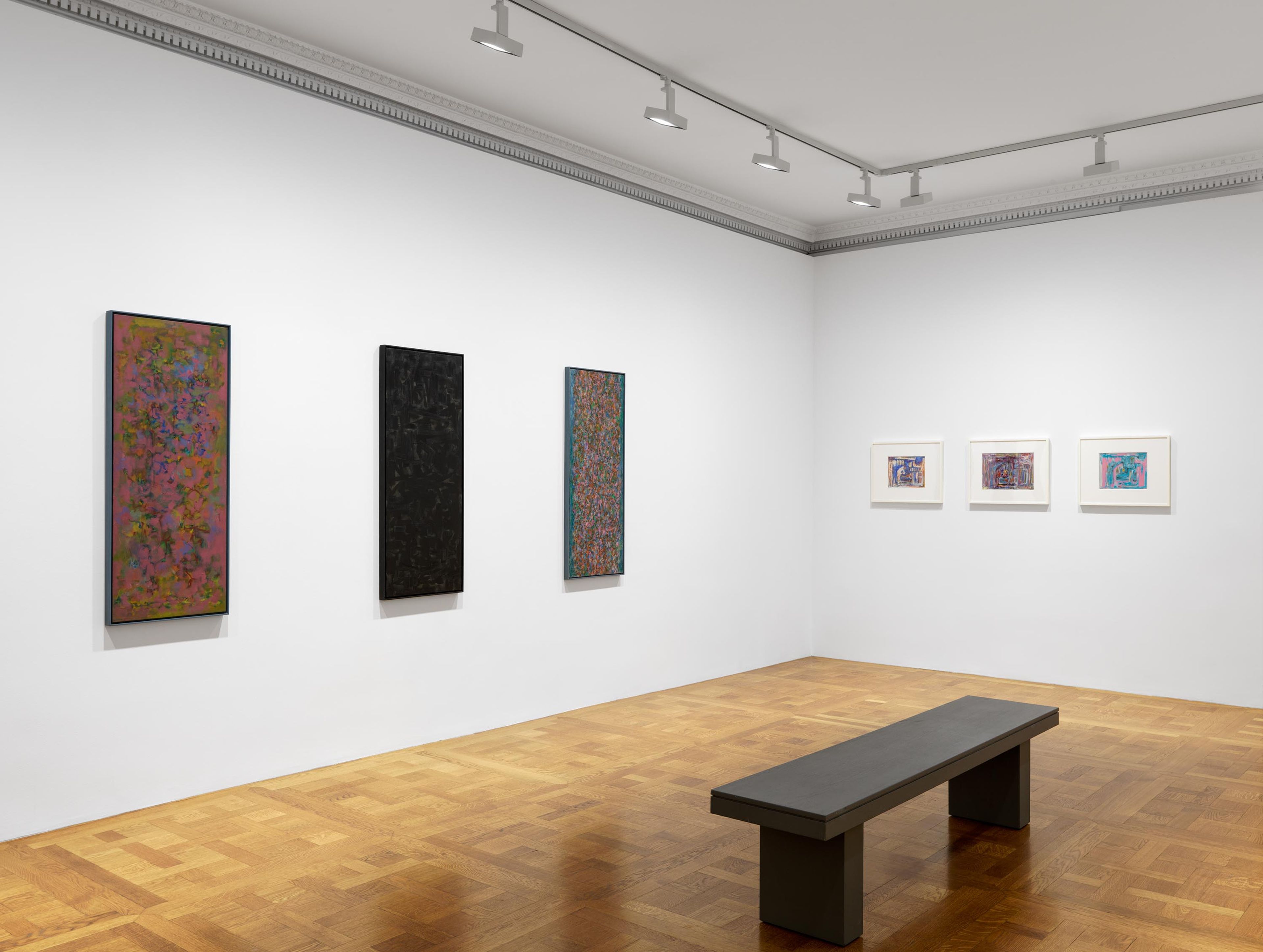
Explore Exhibitions
Artist News
Biography
Ad Reinhardt (1913–1967) is among the most significant American artists of the twentieth century. His paintings encourage the viewer’s active engagement in the act of looking at and experiencing “art as art.” As he declared, “Art is art. Everything else is everything else.”
Born in Buffalo, New York, and raised in Queens, New York, Reinhardt was recognized for his skill as an artist from an early age. He attended Columbia University on a scholarship, where he studied art history and graduated in 1935. In 1936, Reinhardt was hired by the Works Progress Administration’s Federal Art Project to paint abstract paintings in the Easel Division. In 1937, he joined the American Abstract Artists, with whom he would exhibit through the early 1950s. These formative experiences demonstrated an early dedication to the cause of abstract painting, to which Reinhardt would devote himself for the rest of his life.
He had his first solo show in 1943 at The Artists’ Gallery, New York, and was included in a number of important group exhibitions of abstract painting throughout the 1940s, alongside artists such as Mark Rothko, Barnett Newman, Clyfford Still, Hans Hofmann, and others. During this time, Reinhardt studied with Alfred Salmony at the Institute of Fine Arts, New York University, and developed a keen interest in Asian art, which he would continue to explore in his writings, slide shows, and teaching.
Around 1950, Reinhardt began paring down his compositions. He ultimately arrived at a reduced color palette of blue, red, and black, which he explored in symmetrical and geometric monochrome canvases. At the time, he considered his blue, red, and black paintings equal parts of a general investigation into subtle chromatic variations and the perceptual properties of color, originally exhibiting these works together.
In 1965, Reinhardt staged concurrent exhibitions of his blue, red, and black paintings at three galleries in New York: blue at the Stable Gallery, red at Graham Gallery, and black at Betty Parsons Gallery. At the end of 1966, Sam Hunter, with the assistance of Lucy Lippard, mounted a major retrospective of Reinhardt’s work at The Jewish Museum, New York.
Among the notable posthumous exhibitions of Reinhardt’s work are retrospectives and major surveys at the Städtische Kunsthalle, Düsseldorf, which traveled to the Van Abbemuseum, Eindhoven, The Netherlands, the Kunsthaus Zürich, the Centre national d’art contemporain, Grand Palais, Paris, and the Museum des 20. Jahrhunderts, Vienna, in 1972 and 1973; Solomon R. Guggenheim Museum in 1980; The Museum of Modern Art, which traveled to the Museum of Contemporary Art, Los Angeles, in 1991 and 1992; and the Fundación Juan March, Madrid, in 2021 and 2022.
Selected Press
Selected Titles

Request more information
